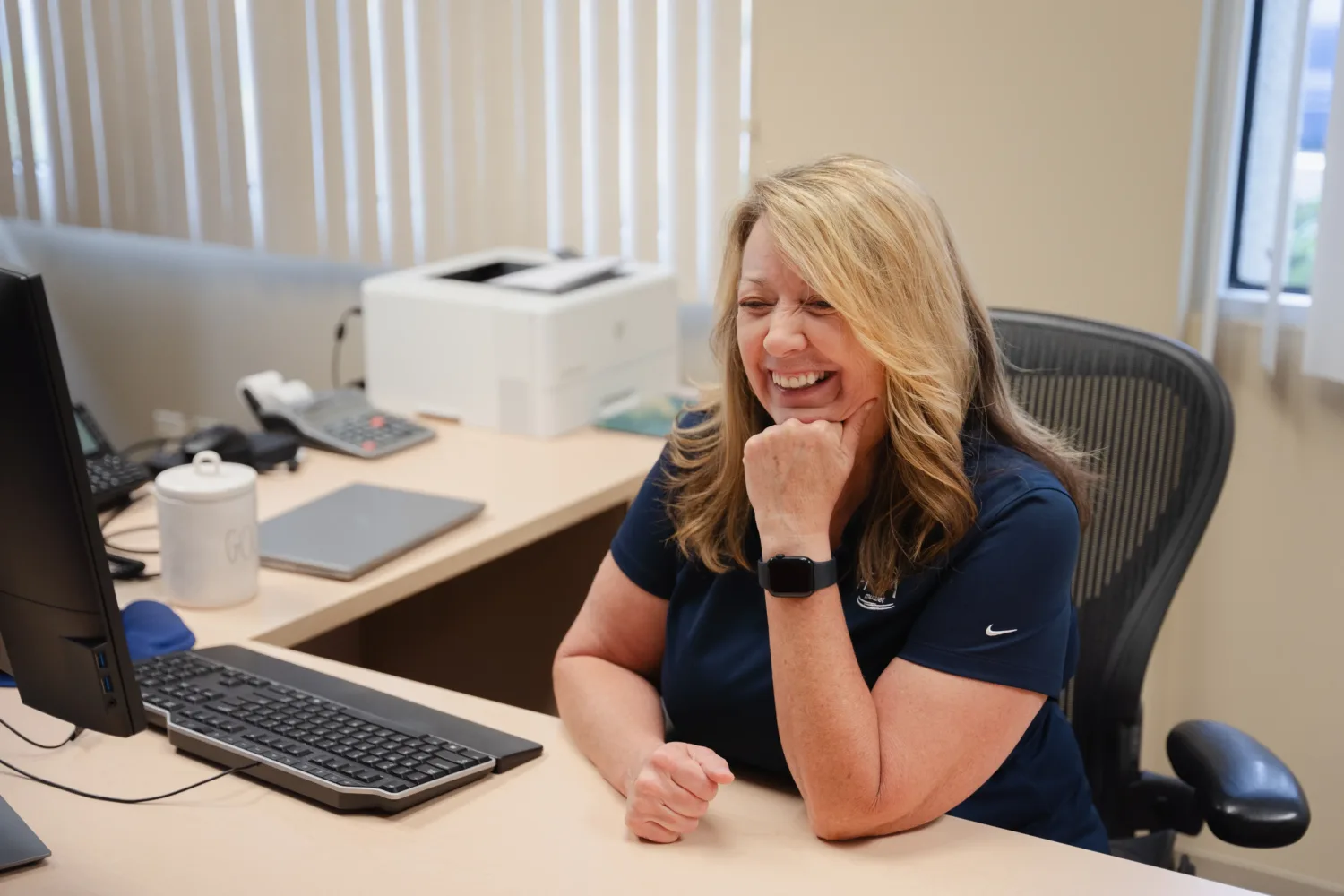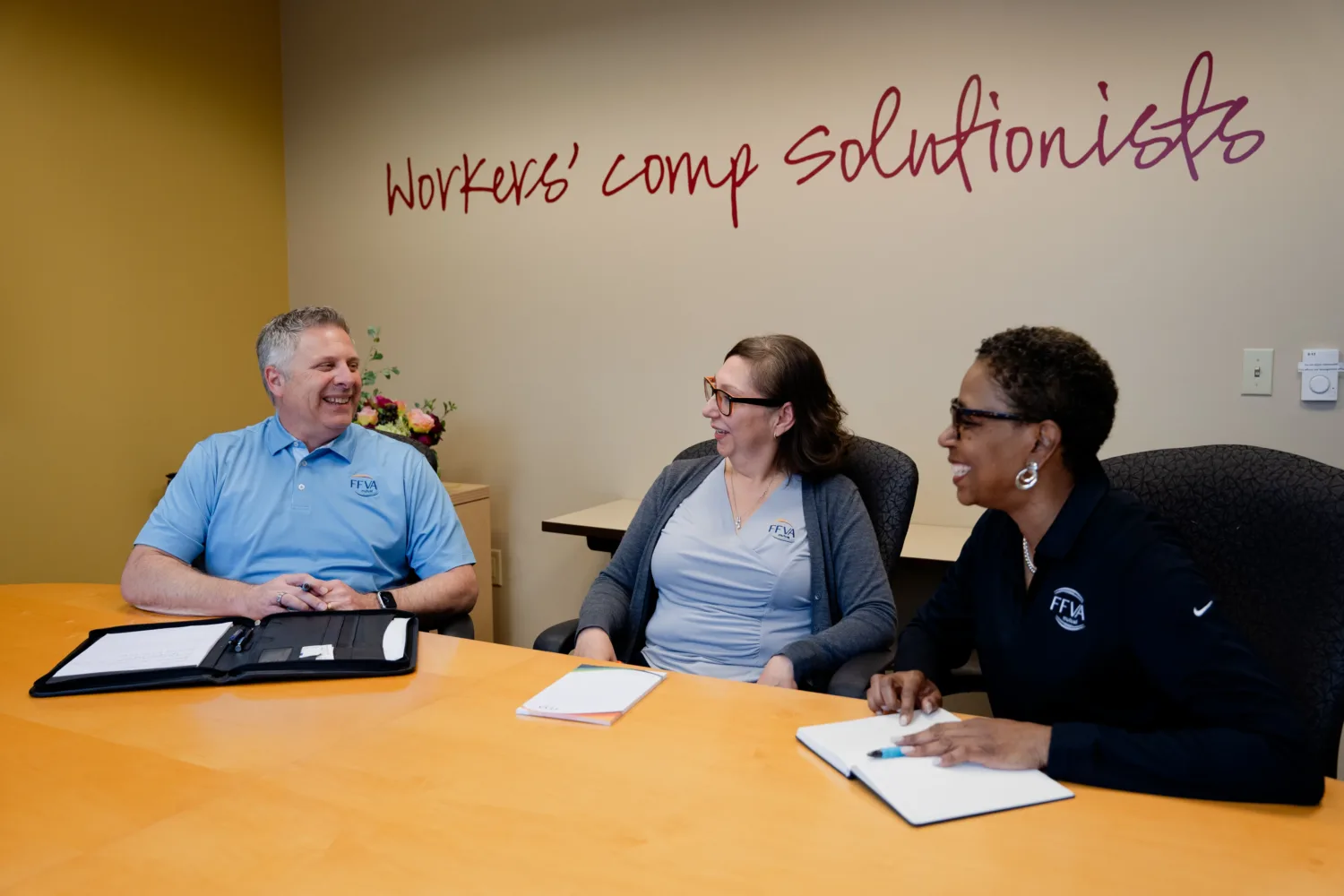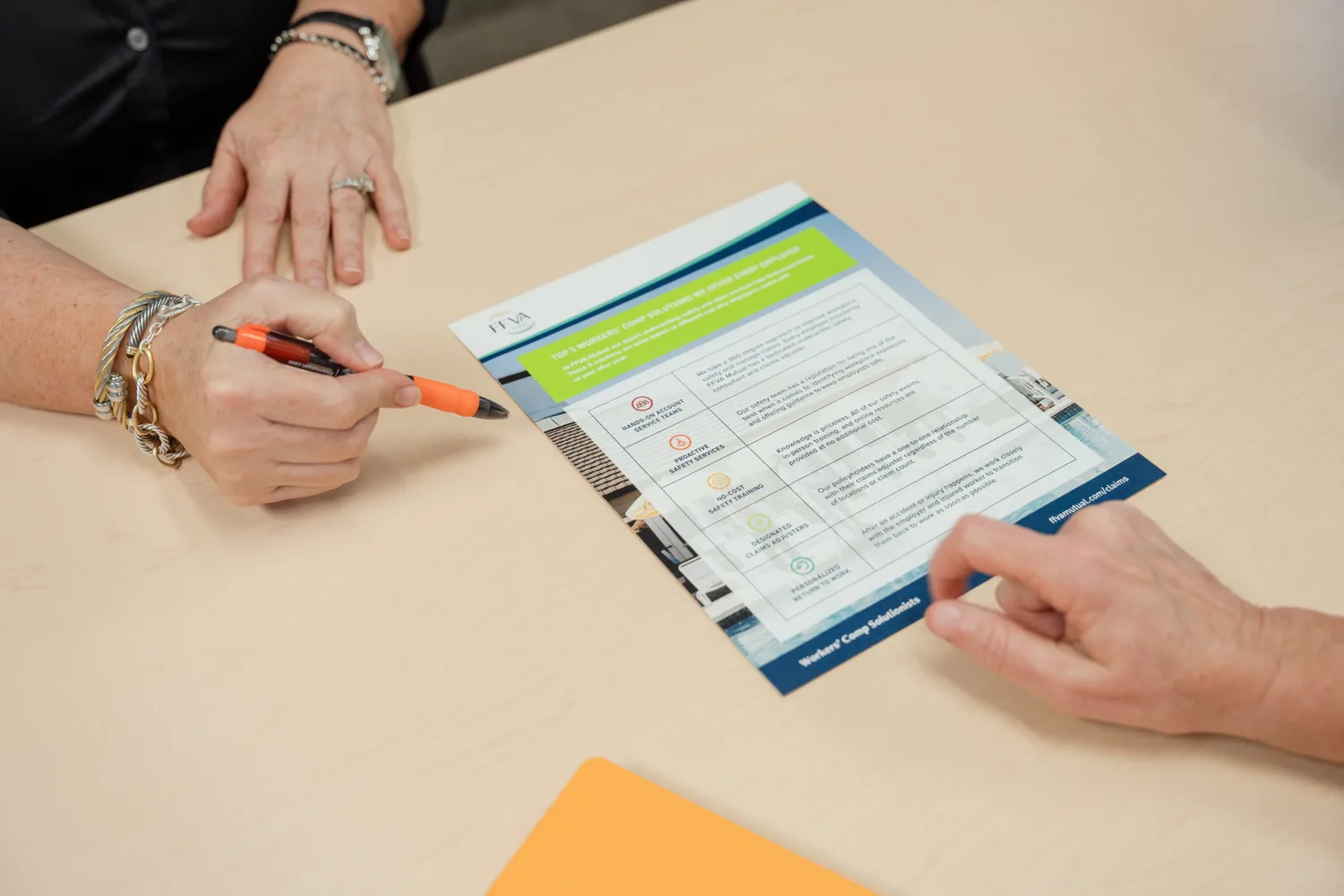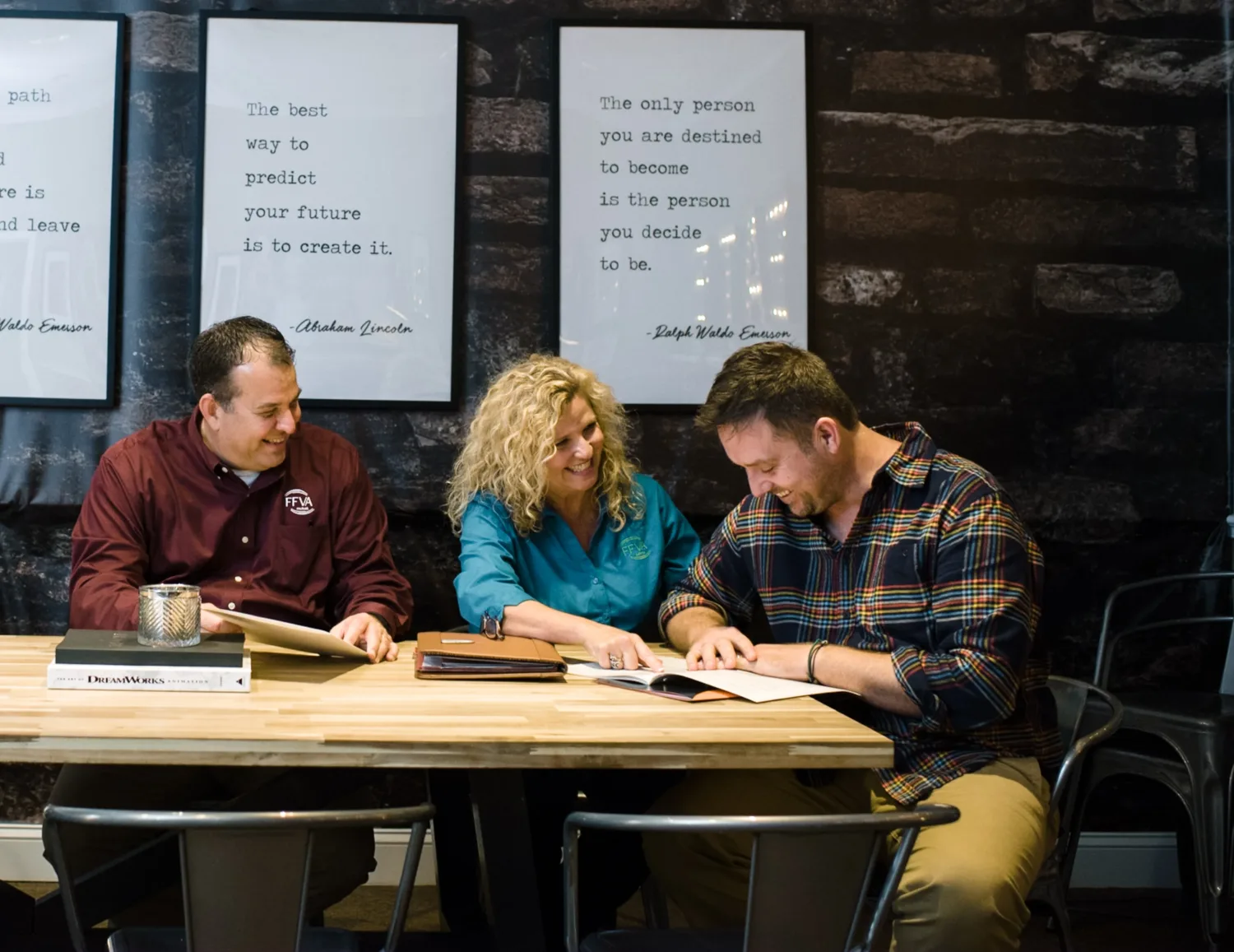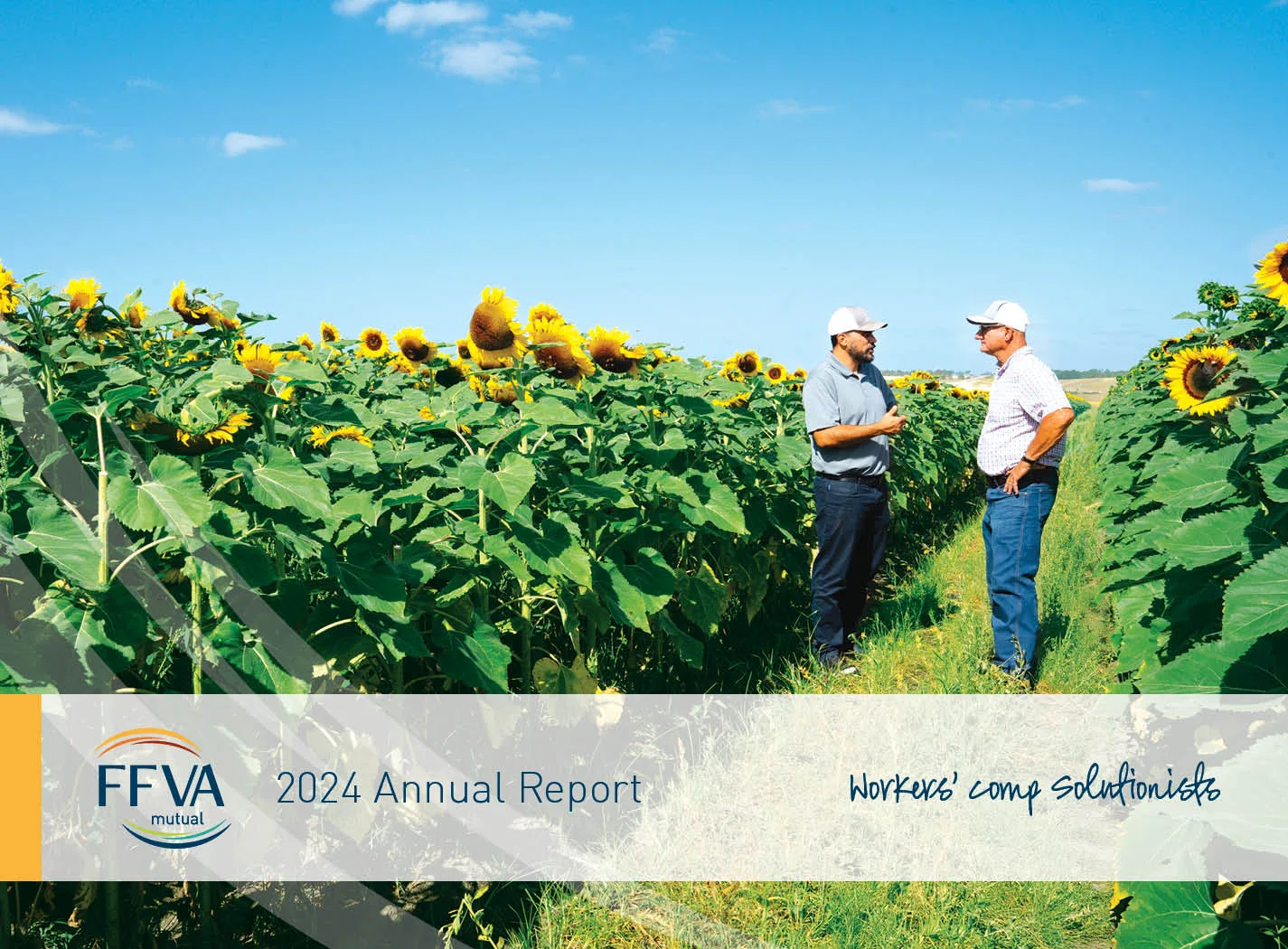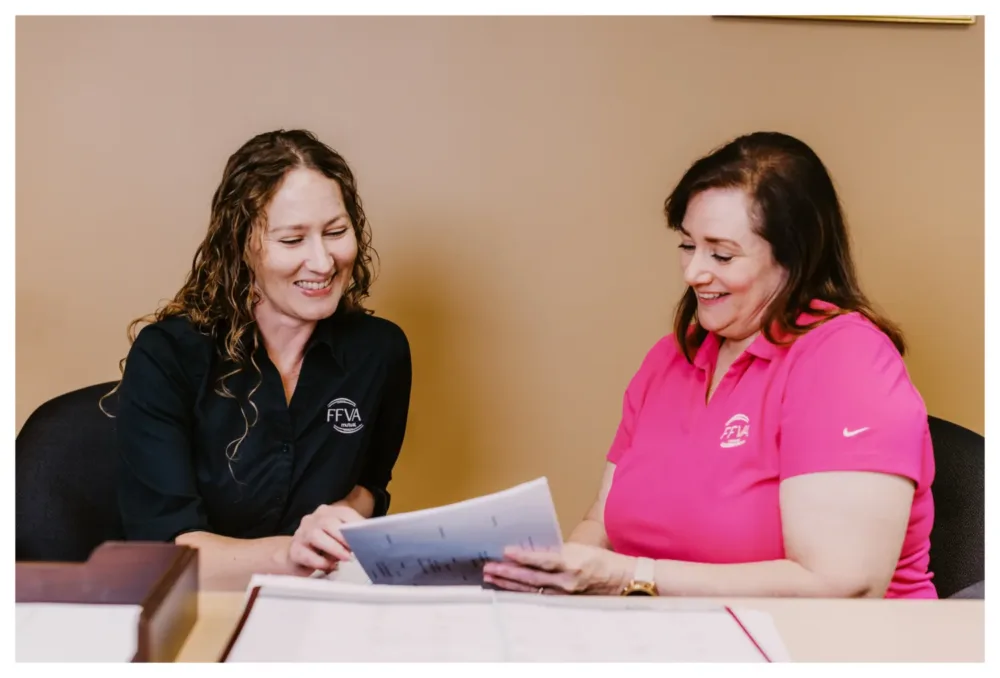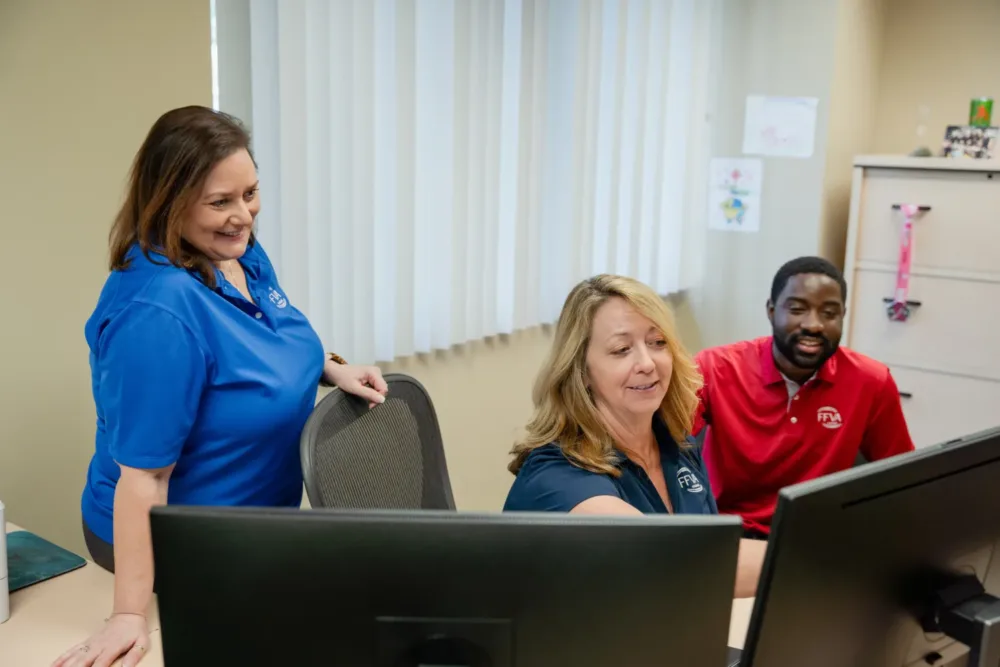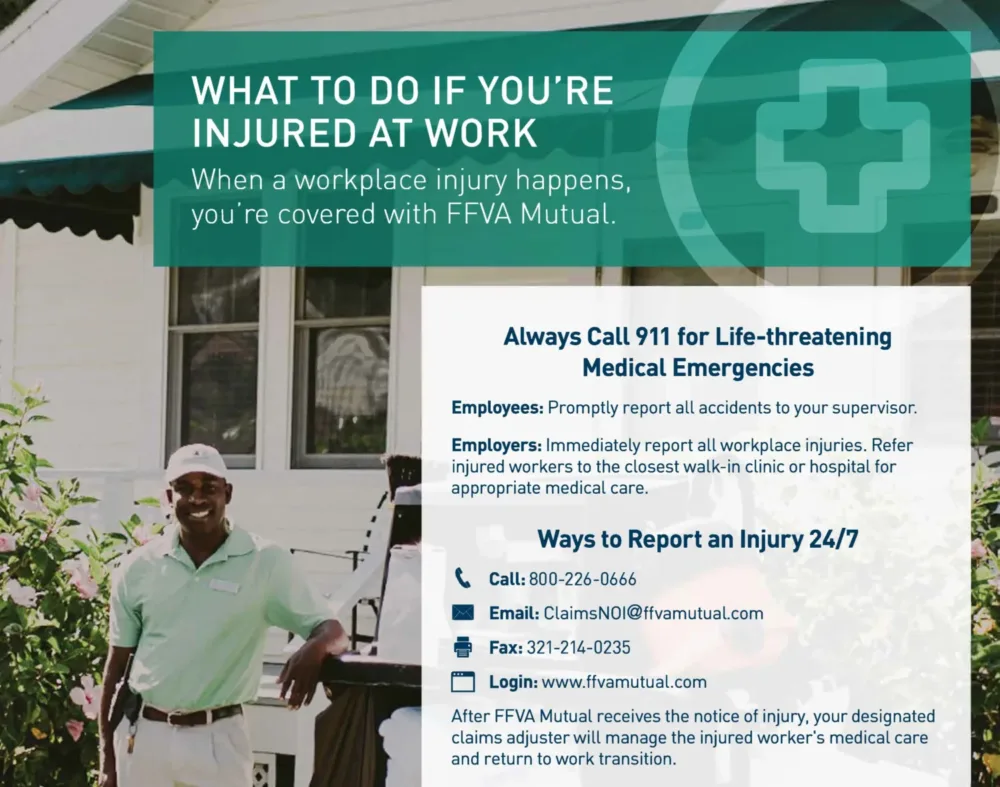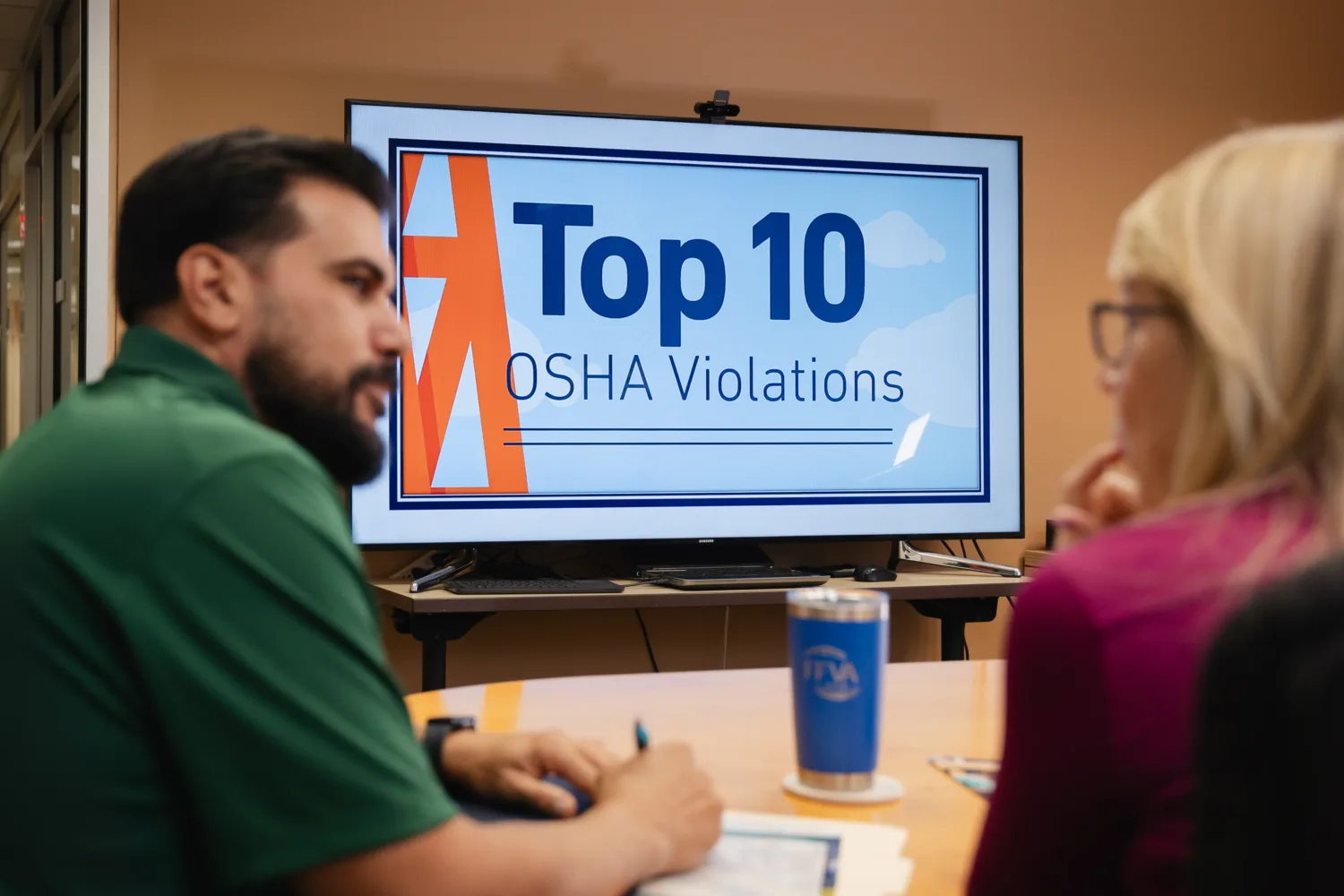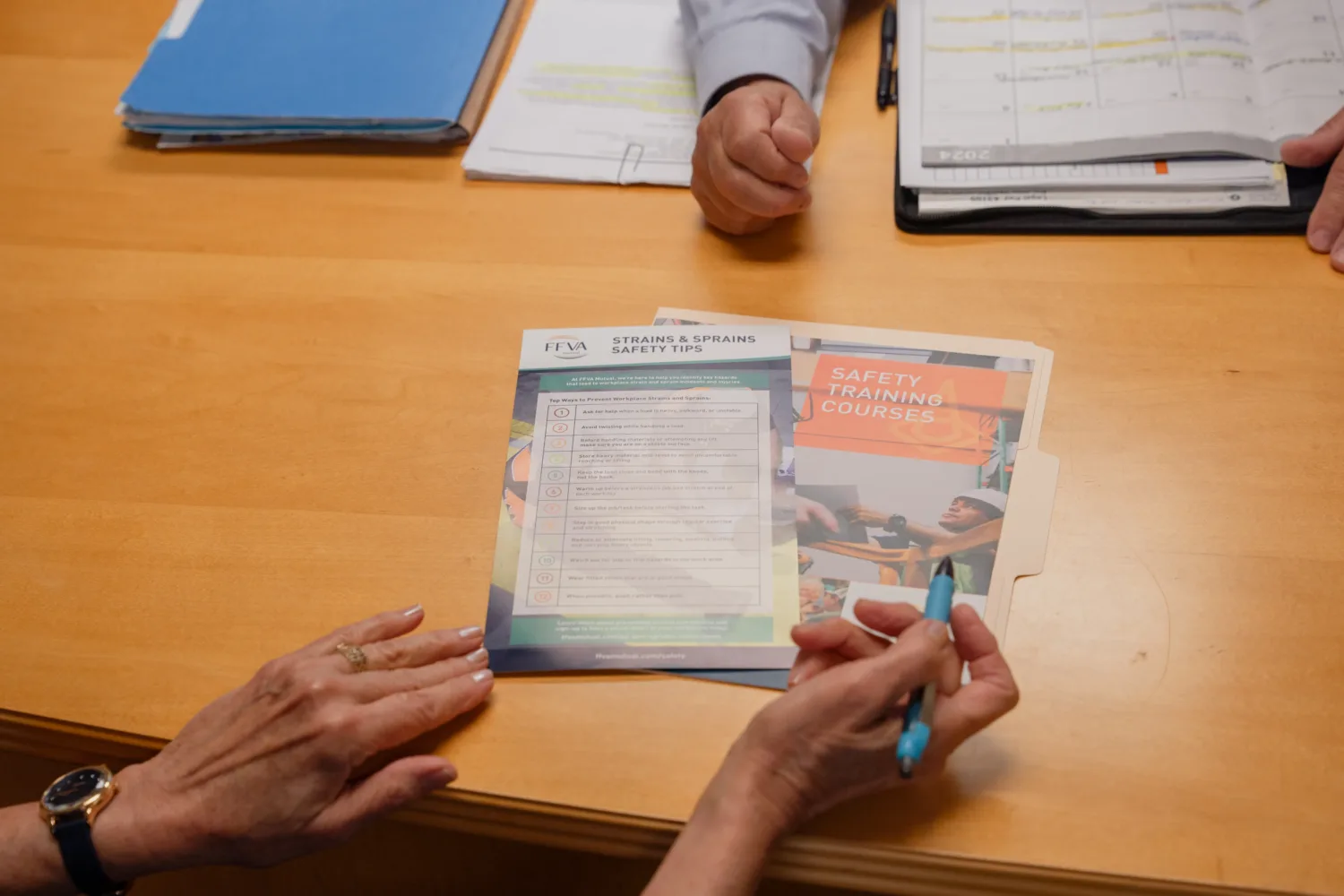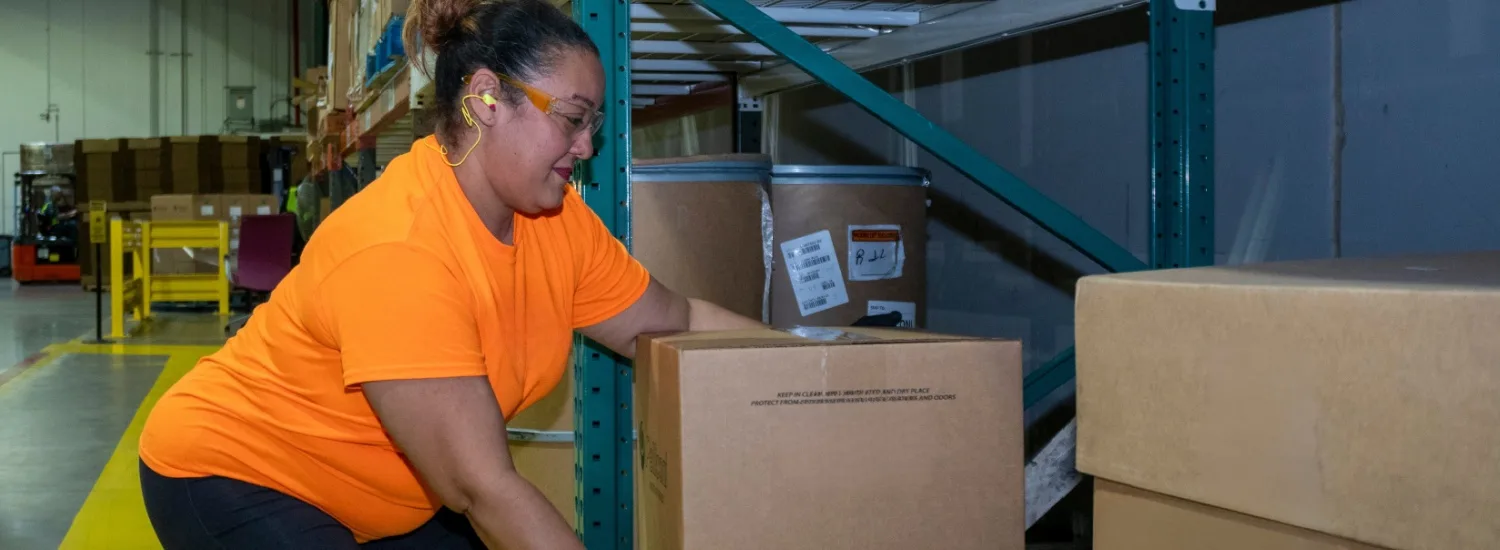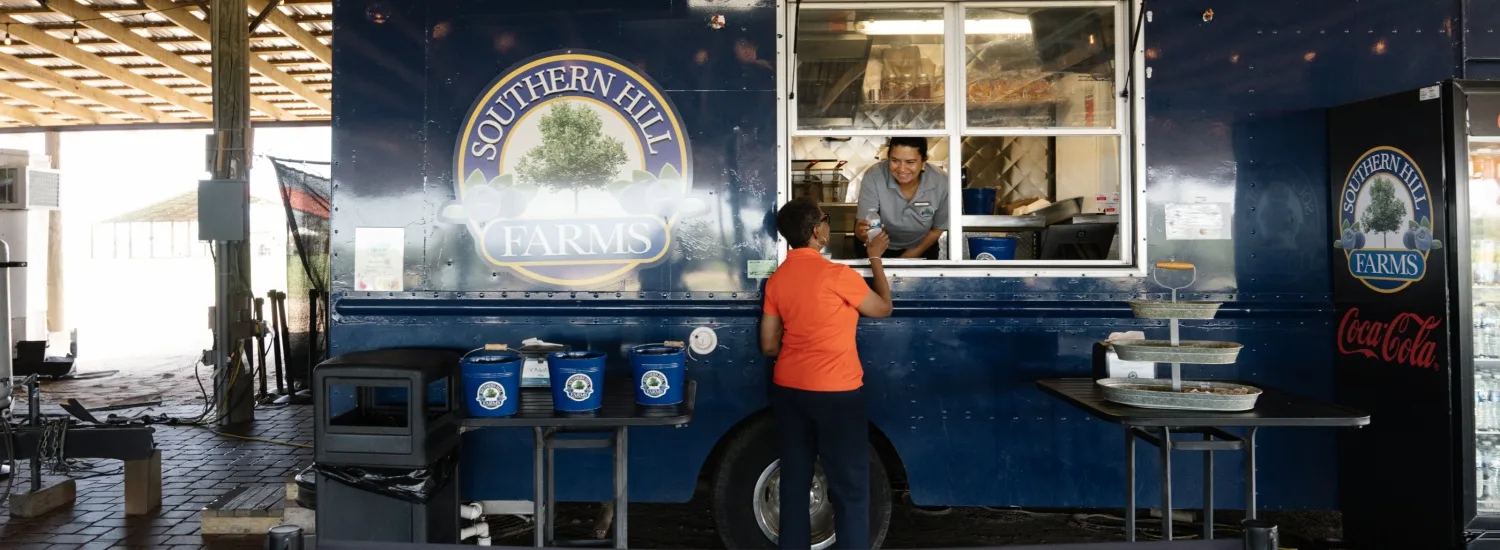Reflecting on a Year of Safety Lessons
Each year brings new opportunities to strengthen safety awareness and reduce workplace injuries, and 2025 was no exception. From reinforcing daily safety moments to improving claims processes, FFVA Mutual policyholders continued to demonstrate that proactive prevention and education are the best ways to protect workers.
As we look ahead to 2026, we’re also looking back at the top five safety topics to reflect on the valuable insight they offer to help employers strengthen their safety programs, lower risk and continue building safer, healthier workplaces for every employee.
1. 20 Safety Moment Topics for Your Workplace
Every strong safety culture begins with conversation. Our blog, 20 Safety Moment Topics for Your Workplace, reminded employers that regular safety moments (also known as safety minutes or toolbox talks) are one of the simplest and most effective ways to promote awareness and reduce preventable injuries.
Safety moments don’t have to be long or complex to make an impact. A few minutes before a shift can help employees refocus on safe practices, review job-specific hazards and address potential risks before they escalate.
By integrating safety talks into daily or weekly routines, employers keep awareness high and participation steady. These moments also help foster open communication, giving workers the confidence to share feedback and report hazards early.

Read the full article: 20 Safety Moment Topics for Your Workplace
2. 12 Monthly Safety Topics to Train Year-Round
Safety training isn’t a one-time effort — it’s a year-round commitment. 12 Monthly Safety Topics To Train Year-Round outlines how employers can build a structured, continuous training calendar that keeps teams informed and compliant.
Inside, employers can find tips to align each month with a seasonal or situational focus, such as heat and fire safety in the summer, or ladder safety in the slippery spring months. This approach helps maintain engagement and ensures important topics aren’t overlooked as the year progresses.
Beyond compliance, a consistent training schedule promotes accountability and retention. When employees revisit safety information regularly, they’re more likely to remember procedures and respond appropriately during emergencies.

Get the full list: 12 Monthly Safety Topics To Train Year-Round
3. 7 Steps of the Workers’ Comp Claims Process
Even the safest workplaces can experience an injury and knowing what to do next can make all the difference. 7 Steps of the Workers’ Comp Claims Process provides employers with a clear, practical roadmap for managing claims efficiently and compassionately.
The process begins with timely injury reporting, followed by incident documentation, medical evaluation and claims filing. From there, FFVA Mutual’s claims team collaborates closely with employers and injured workers to ensure each case is handled accurately and promptly, reducing downtime and facilitating a safe return to work.
One key takeaway from this blog: communication matters. When employers maintain consistent contact with employees throughout recovery, it supports both morale and outcomes. The article also underscores how efficient claims management positively affects an employer’s Experience Modification Rating (EMR) – a key metric in controlling workers’ compensation costs.
By following the seven steps outlined in the blog, employers can protect their workforce while ensuring a fair, transparent process from start to finish.

Explore the guide: 7 Steps of the Workers’ Comp Claims Process
4. Office Safety Hazards: What to Watch
Not all workplace injuries happen on construction sites or factory floors. Office Safety Hazards: What To Watch reminded readers that even low-risk environments can present hidden dangers, from electrical cords and cluttered walkways to improper workstation setup.
The blog outlined some of the most common office hazards:
- Slips, trips and falls caused by wet floors or obstructed paths.
- Ergonomic strain from repetitive motions or poorly positioned desks.
- Electrical hazards from overloaded outlets or damaged cords.
- Eye strain and fatigue due to poor lighting or screen placement.
Addressing these risks is often as simple as improving housekeeping, conducting regular walkthroughs and educating employees about ergonomics and posture.

Read the article: Office Safety Hazards: What to Watch
5. EMR Rating: Understanding the Basics and Its Impact on Your Business
The final standout topic of 2025 focused on performance measurement and accountability. EMR Rating: Understanding the Basics and Its Impact on Your Business explains what an experience modification rating is, how it’s calculated and why it matters for employers.
Your EMR score compares your organization’s workers’ comp claims history against others in your industry.
A score of 1.0 is average, but:
- Lower scores indicate better-than-average safety performance and can lead to reduced insurance premiums.
- Higher scores can increase costs and signal that a review of safety protocols may be needed.
Ultimately, the EMR is a reflection of an organization’s culture of prevention. By tracking this metric, employers can make data-driven decisions that improve safety performance, reduce claim costs and demonstrate a clear commitment to protecting workers.

Learn more: EMR Rating: Understanding the Basics and Its Impact on Your Business
2025 Safety Topic FAQs
What were the biggest workplace safety trends in 2025?
This year, FFVA Mutual saw employers prioritizing communication, continuous training and early claims reporting. Many organizations focused on reducing slips, trips and falls, improving ergonomic safety and incorporating mental health awareness into their safety meetings.
How often should we hold safety moments or meetings?
Ideally, safety moments should happen daily or weekly, depending on the work environment. Regular discussions, whether two minutes before a shift or during a monthly meeting, help reinforce procedures and keep safety top of mind.
How can employers lower their EMR ratings?
Preventive measures make the biggest difference. Focus on injury prevention, early claim reporting and ongoing training. Partnering with your FFVA Mutual Solutionist can also help you identify risk-reduction strategies tailored to your operations.
What’s one area every company should review for 2026?
Review your safety training calendar and claims management process. Consistent education, accurate documentation and early intervention are key to maintaining both safety and productivity.
Looking Ahead: Building on 2025’s Lessons
The most important takeaway from 2025? Safety is never one-and-done — it’s an ongoing conversation.
From daily toolbox talks to annual program reviews, consistent engagement is what turns policies into practice and goals into lasting culture change.
As we move into 2026, employers have more tools and resources than ever to strengthen their safety efforts. FFVA Mutual remains committed to supporting that mission with expert guidance, complimentary training opportunities and data-driven insights that empower organizations to protect their people.
Ready to plan your 2026 safety strategy? Explore our safety resources or contact an FFVA Mutual Solutionist today to schedule a consultation or on-site training session.




